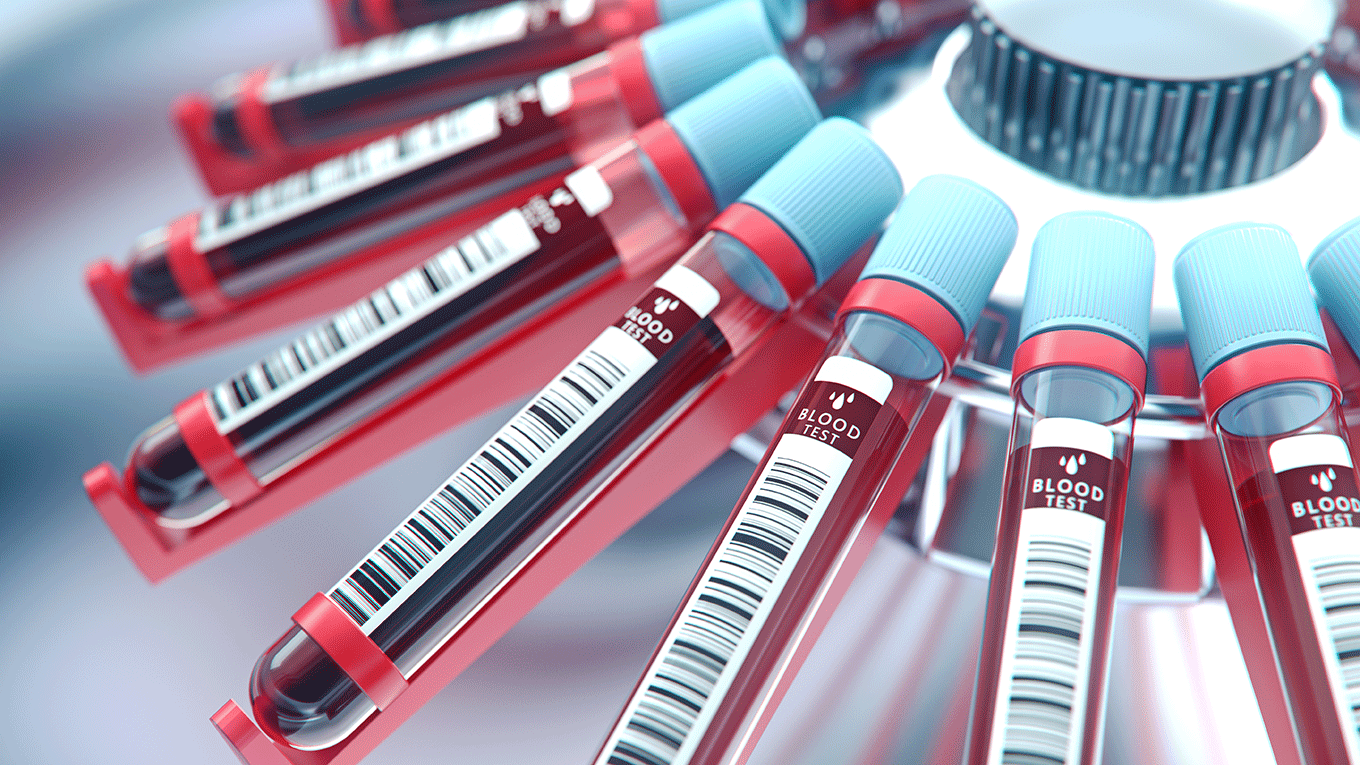Study Finds Medical Procedure That Rejuvenates Old Human Blood

This Halloween season, vampires might want to pause their never-ending search for the blood of youth. A new study from UC Berkeley researchers disputes the idea that, for humans, young blood can rejuvenate the old — and suggests there is likely a better way to ward off the ravages of time.
“For millennia, people have guessed that the secret to youth and long life is in the blood,” said Irina Conboy, professor of bioengineering and the study’s lead author. But the belief that young blood can somehow restore old blood doesn’t stand up to recent science.
Rather, the researchers discovered that, as they showed in earlier small-animal studies, old blood can be returned to a youthful state via a rapid and dramatic dilution of old plasma. They did so by examining human blood subjected to rounds of a very well-established procedure known as therapeutic plasma exchange (TPE).
The study, published in the journal GeroScience, shows that human biological aging, and many of the debilitating conditions that can come with it, is driven by excesses of molecular bad actors that accumulate in the blood as people age. These circulating blood proteins include cytokines, toxic autoreactive antibodies and biomarkers for specific diseases.
This cellular baggage results in “inflammaging”— a mashup term for chronic inflammation plus age that weakens the immune system — as well as a familiar litany of other gerontological conditions including a variety of cancers, arthritis, and brain diseases like Parkinson’s and Alzheimer’s.
To uncover these bad actors circulating in old blood, including 10 novel protein biomarkers, the researchers studied the effects of multiple rounds of TPE — also known as plasmapheresis — on people of varying ages. Dobri Kiprov, a co-author of the study, provided the blood samples with information only on the ages and gender of study participants.
Much like the process of donating blood or plasma, TPE involves removing blood from the body, separating out the plasma and replacing it with saline and purified albumin, and returning the blood cells to the body in that age-neutral solution.
The team’s analysis included comparative proteomics (the study of proteins), comparative gene expression, bioinformatics and bio-computation. Their findings showed indicators of rejuvenation in the samples, including reduced inflammaging, diminished protein markers of neurodegeneration and cancer, diminished resistance to cell death and accumulation of senescent cells, lowered DNA damage and improved immunity.
Conboy notes that the 10 novel protein biomarkers the team identified quantify a person’s biological age, providing a new tool for researchers and clinicians, and removing a need for predictions.
But TPE is not being looked to as a cure or preventative treatment for the many perils of aging. Conboy stressed that the procedure is far too invasive and chock full of its own risks for that to be considered. Rather, the number of people who receive the procedure to treat other serious health conditions presented an opportunity to expand the animal studies and advance them for a better understanding of human aging, and for developing safe and effective rejuvenative strategies.
“Not many people get plasmapheresis,” said study co-author Joel Kramer, a neuropsychologist at UCSF. The procedure, he says, is most often reserved for very sick people with autoimmune diseases or neurological disorders like myasthenia gravis and Guillain-Barré syndrome.
Kramer’s patients are people with Alzheimer’s disease, but as with so many afflictions of the elderly, there are few treatments — and certainly nothing remotely close to a reversal of the disease process. He said the TPE studies are better thought of as a tool for probing the processes of aging at the cellular and molecular level.
Conboy said the study on rejuvenative effects of TPE points to future research directions. She noted that a hallmark protein of neurodegenerative diseases, dubbed TDP43, is elevated in the blood serum of relatively healthy older adults but stably attenuated by rounds of TPE. The finding suggests that there is a preventive capacity against age-associated neurological disease.
“By understanding how rapid and drastic dilution of age-elevated proteins in blood serum works, we can eventually make all tissues and organs younger,” Conboy said.
Scientists and clinicians need to understand all that is happening as a result of molecular excesses found in old blood, Conboy continued. “My gut feeling is that you cannot simply apply this FDA-approved procedure [TPE] over and over again and get younger. We will run into some sort of a block because it is an invasive procedure.”
How TPE works at the molecular level is very important to understand because then the procedure might be optimized, for example, by applying specific exchange fluids, Conboy said. “Or, even more importantly, we can identify and develop pharmaceuticals — defined molecules that people can take as a drug combination to achieve the safe, rejuvenating effect.”
